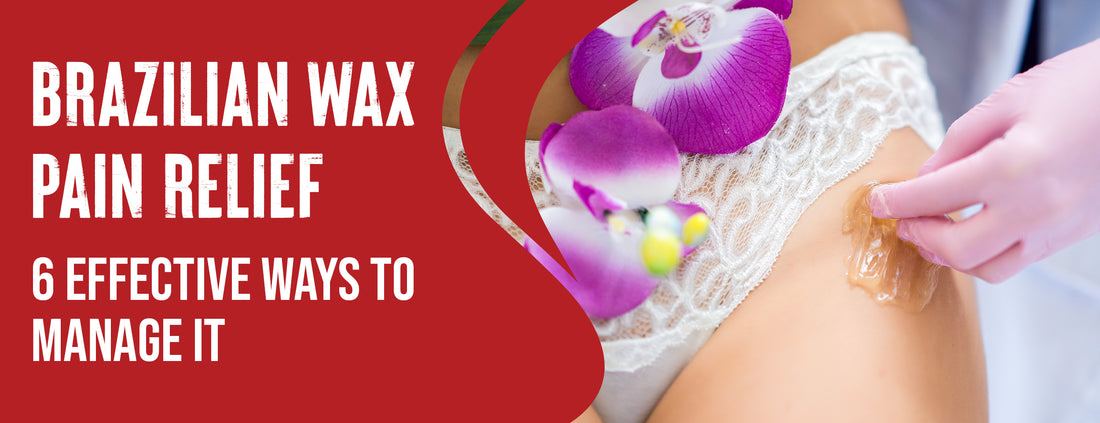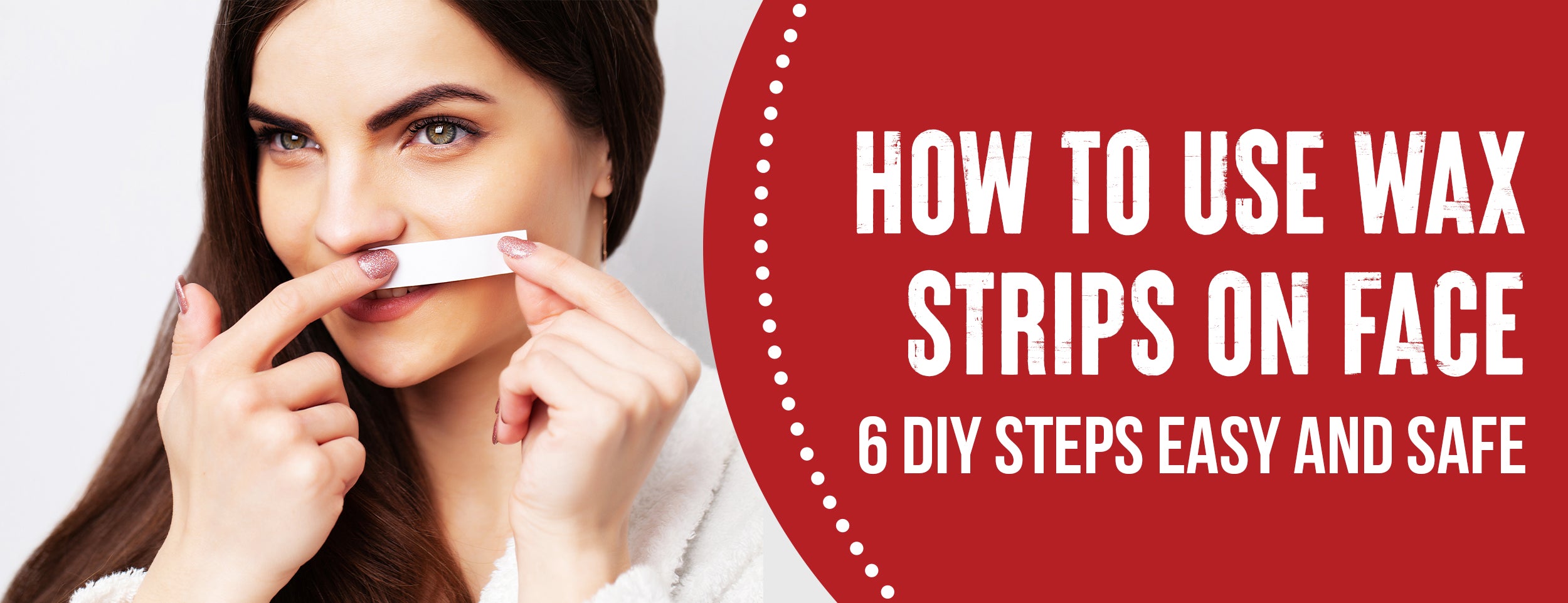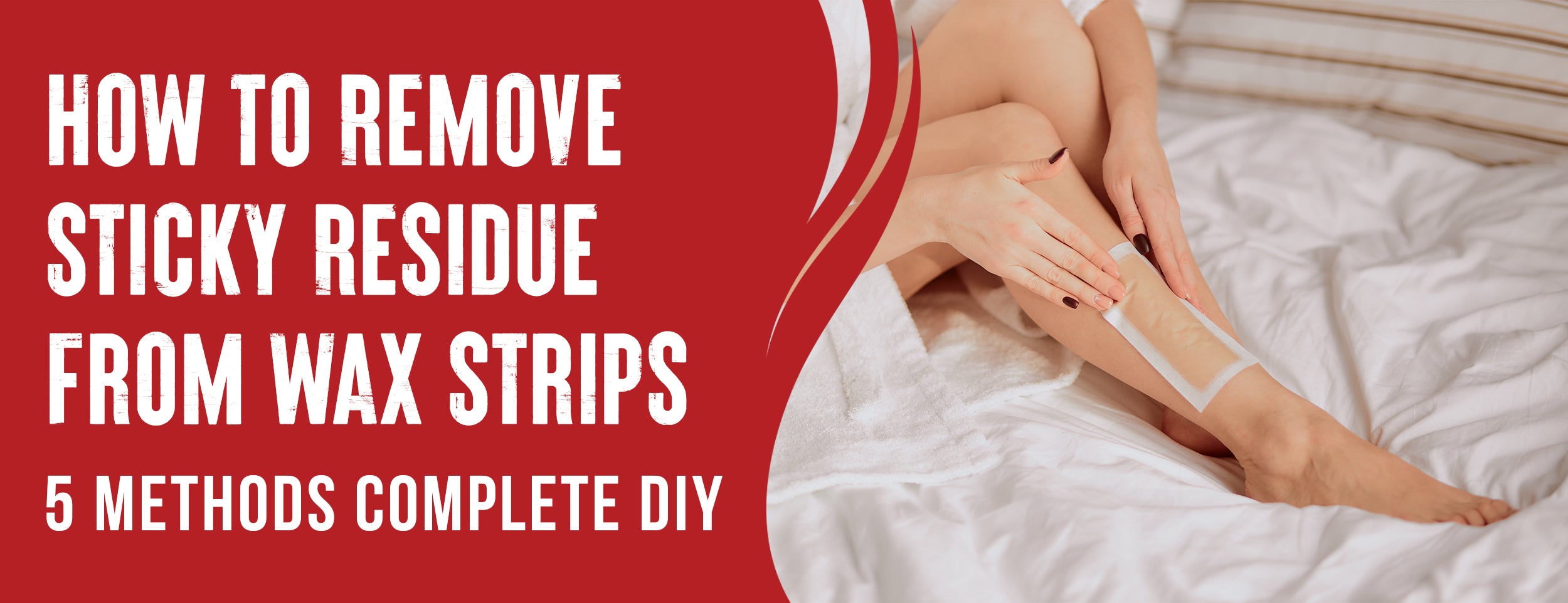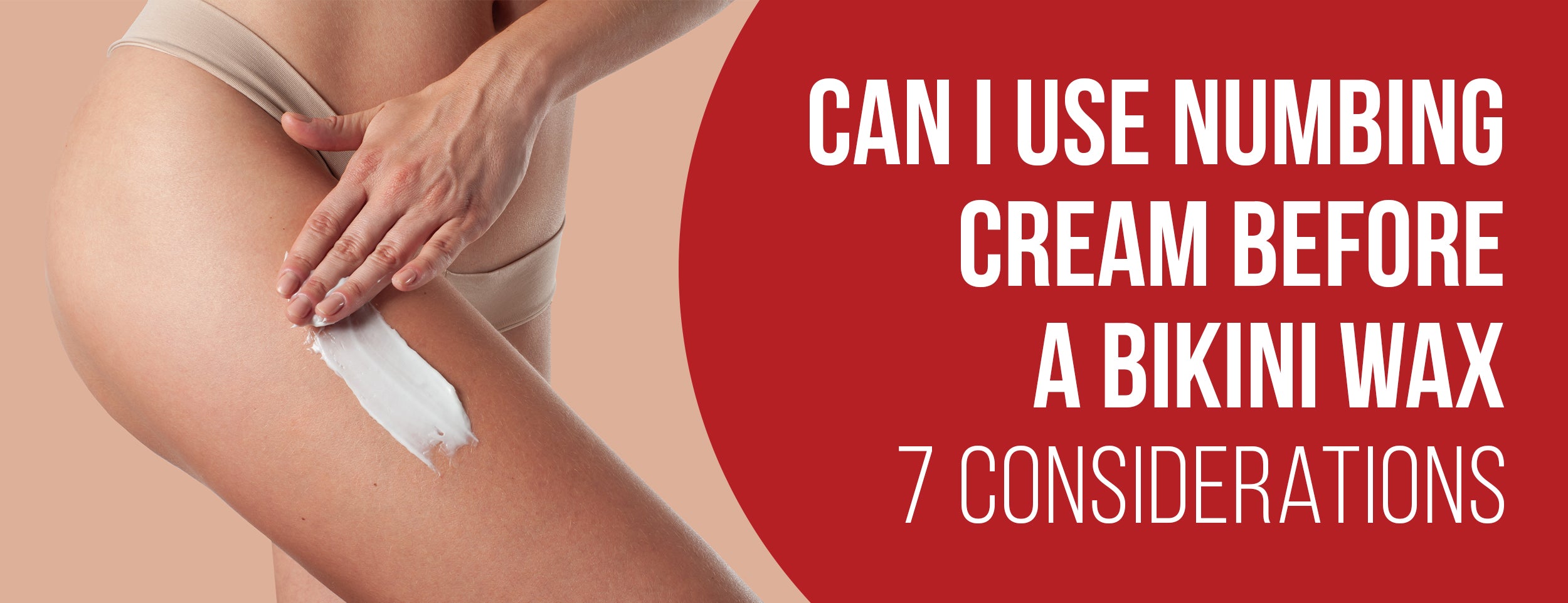Thinking of a Brazilian wax? Potential discomfort might make you nervous, especially if you have sensitive skin or it's your first time. There's no need to worry. Steps can be taken to prepare, minimize discomfort, and prevent pain.
Applying numbing cream 30 minutes beforehand helps reduce discomfort for waxing the bikini area. Hydrocortisone cream (1%) and lidocaine spray can alleviate pain during the procedure. Over-the-counter Advil and Aspirin also help in reducing discomfort.
This article provides comprehensive information on Brazilian wax pain relief. We'll cover factors that affect discomfort, how to prepare for the appointment, what to expect during the process, and how to soothe and heal your skin afterward. By the end of this article, you'll feel confident and at ease when facing your Brazilian wax.
Brazilian Wax Pain Relief: How Can It Be Managed?

After Brazilian waxing, your skin can heal and soothe in several ways, including:
- Keep an ice pack or cold compress on your bikini area for 10 minutes after the waxing. It can relieve pain and discomfort caused by swelling and inflammation. Gently press ice cubes against your skin with a towel or cloth. Don’t apply it directly to your skin or leave it on too long, which can cause frostbite or damage.
- Apply an anti-inflammatory cream or lotion to your bikini area after the waxing. This can help calm and moisturize your skin, preventing dryness, itching, or peeling. You can use products that contain ingredients such as aloe vera, chamomile, calendula, witch hazel, tea tree oil, lavender oil, or coconut oil. Avoid using products that contain alcohol, fragrance, exfoliants, or steroids, as they can irritate or harm your skin.
- Apply an antiseptic cream or spray after waxing your bikini area. This can help prevent infection and ingrown hairs, which can cause pain and complications. Consider using products containing hydrogen peroxide, iodine, Neosporin, bacitracin, polysporin, or bactine. Follow the label instructions and apply a thin product layer to your bikini area.

-
Avoid hot water, steam, sauna, sun exposure, swimming, exercise, sex, tight clothing, synthetic fabrics, fragrances, dyes, alcohol, and exfoliation for at least 24 hours after the waxing. These activities or products can irritate and damage your skin, prolong healing, and increase the risk of infection or ingrown hairs. Keep your bikini area cool, dry, and clean for at least a day or two after waxing.
Make sure you wash your bikini area gently. Avoid rubbing or scratching when drying with a soft towel. -
Wear cotton underwear and loose-fitting clothing after the waxing. This can help keep your skin dry and comfortable, preventing irritation and chafing. Using talcum powder or cornstarch can also be beneficial to absorb excess moisture or sweat in your bikini area.
Avoid wearing underwear or clothing that is tight, rough, or synthetic, as they can trap heat and moisture and cause friction and infection. -
Take another over-the-counter painkiller if needed after the waxing. help ease any residual pain or discomfort that you might feel after the waxing . You can take the same drug you took before the waxing or a different one.
Be sure to follow the label directions and don’t take more than recommended. Avoid taking drugs that thin the blood or cause bruising, such as warfarin or clopidogrel.
Brazilian Wax Pain Relief: What Factors Affect?

The pain level you experience during a Brazilian wax can vary from person to person and from session to session. It depends on several factors, such as:
- The skill and experience of the waxer. An experienced waxer knows the right wax temperature and consistency, the proper direction and speed for pulling wax strips, and minimizing pain and discomfort. They ensure your comfort and relaxation throughout the process. Do your homework and find a reputable salon or spa specializing in Brazilian waxes.
-
The quality and type of wax used. Different types of wax, including soft and hard wax, are used for hair removal. Soft wax is applied and removed with a strip, while hard wax is applied and doesn't require a strip.
Hard wax is less painful as it only adheres to the hair, reducing the risk of irritation, ingrown hairs, and breakage. Ask your waxer about their wax type and any skin recommendations. - The amount and thickness of the hair being removed. More in your bikini area means more pain when removing it. Thicker hair can be more resistant to wax. Trim your hair before your appointment if it's longer than half an inch. Use scissors or an electric trimmer to cut it to 1/4 inch, the ideal length for waxing.
-
The timing and frequency of the waxing. The timing of your waxing can impact skin sensitivity. For comfort, schedule appointments at least a week before or after your menstrual cycle to avoid pain caused by hormonal inflammation.
More frequent waxing leads to less pain as hair regrowth becomes thinner and weaker. Aim for a Brazilian wax every 4-6 weeks for optimal results. - The pain tolerance and threshold of the individual. Individuals have differing pain tolerances and thresholds. Genetics, age, gender, stress, mood, health conditions, medications, and previous experiences with pain can affect how much pain they can handle. If you know you have a low pain tolerance, you should take steps to reduce pain.
- The mood and mindset of the individual. Brazilian waxes can be painful if an individual is anxious, nervous, or has high blood pressure or muscle contractions. Deep breathing, meditation, music, or conversation can help you manage your emotions and thoughts during and before the wax.
How to Prepare for a Brazilian Wax to Minimize Pain?

There are some steps you can take before your Brazilian wax to reduce the pain and discomfort, such as:
-
Choose a reputable and professional waxer. Choosing a waxer with good reviews, credentials, and recommendations is important. Your waxer's skill and experience can affect the pain level of your Brazilian wax.
You can get recommendations from friends and family or check out salons and spas in person. Choose a waxer who is friendly, knowledgeable, and trustworthy. - Avoid caffeine, alcohol, nicotine, and spicy foods on the day of your appointment. You shouldn't drink caffeine, smoke, or eat spicy foods on your appointment day. For 24 hours before your appointment, avoid these substances, which can make your skin more sensitive and prone to pain. Opt for water, herbal tea, or juice instead. In addition, you can eat some protein and fiber-rich snacks or meals.
- Before your appointment, take a warm shower. Warm up your body before your appointment to open your pores and soften your hair. You can also use a gentle cleanser or soap to wash your bikini area.
- Exfoliate your bikini area gently with a scrub or a loofah a day or two before your appointment. If you scrub or use a loofah before your appointment, you can remove dead skin cells and prevent ingrown hairs, which are painful and infectious. Use a mild scrub or a loofah with circular motions to gently buff away flaky or rough skin. Avoid overdoing it or doing it too close to your appointment.

- Apply a numbing cream or spray to your bikini area about 30 minutes before your appointment. Use numbing creams or sprays containing lidocaine, benzocaine, or prilocaine to dull pain during waxing. Apply a thin layer to your bikini area without rubbing or covering it. Wait for it to take effect before your appointment. Find these products at drugstores or online.
- Take an over-the-counter painkiller about an hour before your appointment. A painkiller can help reduce inflammation and discomfort during and after waxing. Take an anti-inflammatory like naproxen or ibuprofen or an analgesic like aspirin or acetaminophen. Do not take more than what is prescribed. Warfarin or clopidogrel might thin your blood or cause bruising, so avoid them.
- Wear loose-fitting and breathable clothing to your appointment. This can help prevent irritation and chafing after the waxing. You can wear cotton underwear or loose bottoms that won’t rub against your skin. You can also bring a change of clothes if you want to feel more comfortable after the waxing.
How to Prevent Pain in Future Brazilian Waxes?

Some tips can help prevent or lessen pain in future Brazilian waxes, such as:
-
Maintain a regular waxing schedule every four to six weeks. Keep your waxing schedule regular every four to six weeks. A wax will reduce hair growth and make future waxes less painful. As you wax more, your hair follicles will shrink and weaken, resulting in fewer and thinner hairs.
The less wax, the less pulling on your skin. Maintain a consistent waxing routine and avoid shaving or other hair removal methods between waxes since these methods can delay hair growth. - Moisturize and exfoliate your bikini area regularly between waxes. Skin can be kept healthy and smooth, making waxes easier and less painful. You can use a moisturizer suitable for your skin type and a gentle scrub or a loofah to hydrate and exfoliate your skin. Do this at least once or twice a week, but not on the day of or the day before your waxing appointment.
-
Practice deep breathing, meditation, or distraction techniques during the waxing.This can help relax your body and mind and cope with the pain. Deep breathing exercises can slow your heart rate and lower your blood pressure.
You can use meditation techniques to focus on positive thoughts and sensations. You can use distraction techniques to divert your attention from the pain, such as listening to music, watching a video, reading a book, or chatting with your waxer. -
Communicate with your waxer during the waxing. This can help you feel more comfortable and in control during the process. You can ask your waxer questions about the waxing procedure, such as what wax they use, how long it will take, what areas they will cover, etc.
You can also tell your waxer about any preferences or concerns you have, such as if you want a certain shape or style of hair left behind, if you have any allergies or sensitivities to any products, if you want them to adjust the wax temperature, speed, or technique, etc. Your waxer will appreciate your feedback and cooperation.

Conclusion
A Brazilian wax can be a rewarding and beneficial experience for many people, but it can also be painful and uncomfortable for some. Many factors, such as the waxer, the wax, the hair, the skin, and the individual, can influence the pain of a Brazilian wax.
Waxing pain can be minimized by preparing properly before the waxing, relieving pain after the waxing, and preventing pain in future waxes.
Brazilian waxing is usually temporary and manageable, which can be outweighed by the benefits of having a smooth and clean bikini area.












